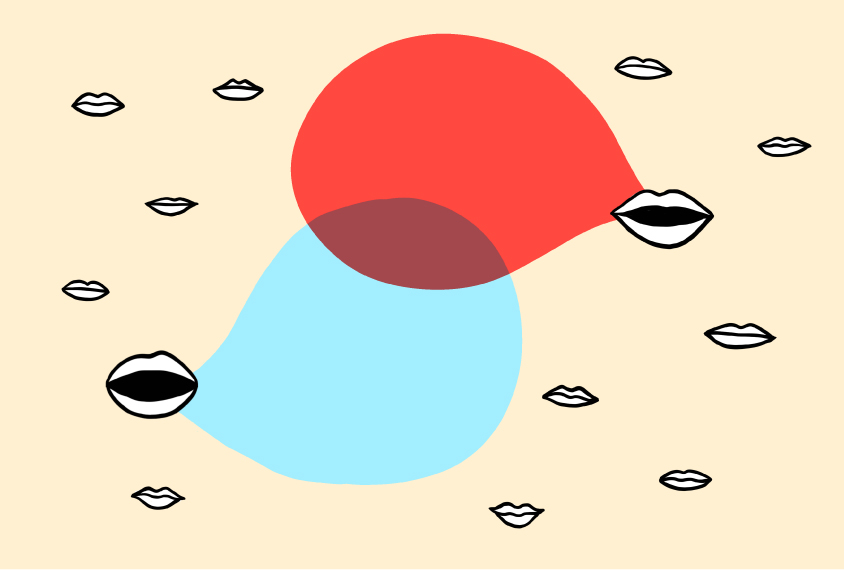Ali Ertürk of Ludwig-Maximilians-Universität München detailed his team’s study, “Whole-body cellular mapping in mouse using standard IgG antibodies,” published in Nature Biotechnology 10 July.
Our new study is now published at @NatureBiotech as open access. What is in it? Online Whole-Body Mouse Atlases, tertiary lymphatic structures (TLS) in the whole mouse along cancer, and more. Meet wildDISCO, thread ????????https://t.co/544CH1IIRw pic.twitter.com/0iulLD7JkT
— Ali Max Erturk (@erturklab) July 10, 2023
John-Paul Fuller-Jackson of the University of Melbourne and Kateryna Shkarina of the Institute of Innate Immunity were among the many who responded to Ertürk.
Incredible antibody penetration achieved, opens up a whole new realm of large volume imaging when no longer is penetration as much an issue
Do the benefits of CD5 remain in other large samples that cannot be actively perfused?— Dr John-Paul Fuller-Jackson (@JPFullerJackson) July 11, 2023
Together with expansion microscopy, tissue clearing is one of the two imaging technologies which kept me extremely excited for the past few years. Amazing how many insights such methods can provide ???????? https://t.co/sj8jQIBfUb
— Kateryna Shkarina ???????? (@kat_shkarina) July 11, 2023
The Allen Institute shared a link to its new resource, the Allen Brain Cell Atlas.
Post by @alleninstituteView on Threads
Eric Minikel of the Broad Institute explained his team’s preprint, “Refining the impact of genetic evidence on clinical success,” posted on medRxiv 29 June.
Philipp Velicky of the Medical University of Vienna described his team’s study, “Dense 4D nanoscale reconstruction of living brain tissue,” published in Nature Methods 10 July.
It’s done! LIONESS is out @naturemethods!
With the pipeline you can not only create a dense 4D nanoscale reconstruction of living brain tissue, it allows to combine information on morphodynamics, molecular identity and neuronal activity.https://t.co/AV7BxmD2dw
A ????… pic.twitter.com/57U2rgiIxE
— Philipp Velicky (@PhotonPhilipp) July 10, 2023
Reto Fiolka of the University of Texas Southwestern asked a question, to which Velicky replied.
It was done using SUSHI labelling 🙂
— Philipp Velicky (@PhotonPhilipp) July 10, 2023
Jakob Troidl of Harvard University responded to Velicky.
Reconstructing living brain tissue at nanoscale resolution. What an incredible step forward. There’s so much more interesting work ahead. Proud to have had a small role in this huge project. Congrats to @PhotonPhilipp and all other co-authors. @ISTAustria @HarvardVCG https://t.co/EI7nExxjTm
— Jakob Troidl (@jakobtroidl) July 11, 2023
Mustafa Sahin of Harvard University posted a link to his team’s article, “Updated consensus guidelines on the management of Phelan–McDermid syndrome,” published in the American Journal of Medical Genetics 1 July.
Shani Stern of the University of Haifa linked to her team’s study, “Early maturation and hyperexcitability is a shared phenotype of cortical neurons derived from different ASD-associated mutations,” published in Translational Psychiatry 6 July.
Peter Bandettini of the National Institute of Mental Health announced the relaunch of the open-access journal Aperture Neuro.
Just in time for #ohbm2023 we’re happy to announce the relaunch of the Aperture Neuro @OHBM’s low-cost open access journal.
Now on a new platform to facilitate quick turn around times for review and publicationhttps://t.co/ELH6R36IRL— Peter Bandettini (@fMRI_today) July 10, 2023
Meng-Chuan Lai of the University of Toronto posted a link to his team’s study, “Exploring camouflaging by the Chinese version Camouflaging Autistic Traits Questionnaire in Taiwanese autistic and non-autistic adolescents: An initial development,” published in Autism 10 July.
Using self- and caregiver-report CAT-Q to explore camouflaging experiences in #Taiwanese #autistic and nonautistic adolescents. Proud to be part of this amazing effort led by @abucastor at Chang Gung Memorial Hospital, also with @CAMHResearch @UofTPsych https://t.co/HuNVQJO0Hr
— Meng-Chuan Lai 賴孟泉 (@mengchuanlai) July 10, 2023
Tyler Perfitt shared a link to his team’s study, “Clustering of CaV1.3 L-type calcium channels by Shank3,” published in Journal of Neurochemistry 30 June.
Santhosh Girirajan of Pennsylvania State University commented on “Partner selection may amplify rare variants in children,” published in Spectrum 6 July.
That’s it for this week’s Community Newsletter! If you have any suggestions for interesting social posts you saw in the autism research sphere, feel free to send an email to [email protected].
Follow us on Facebook, Twitter, Instagram and LinkedIn. We are also now on Threads!






